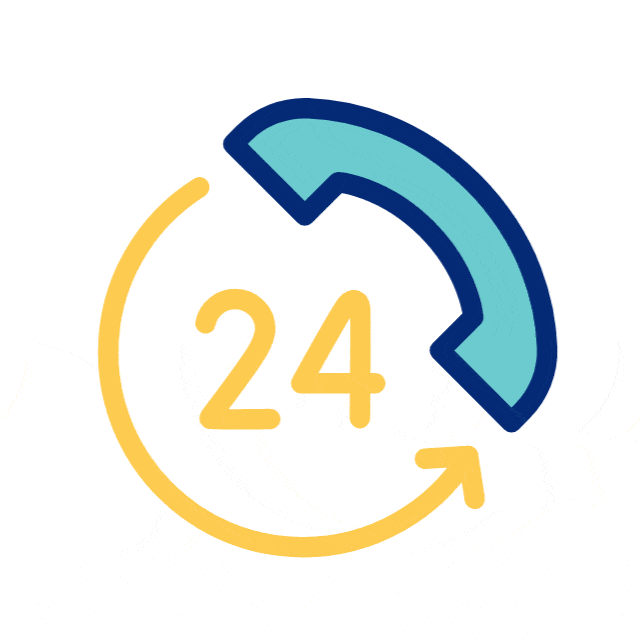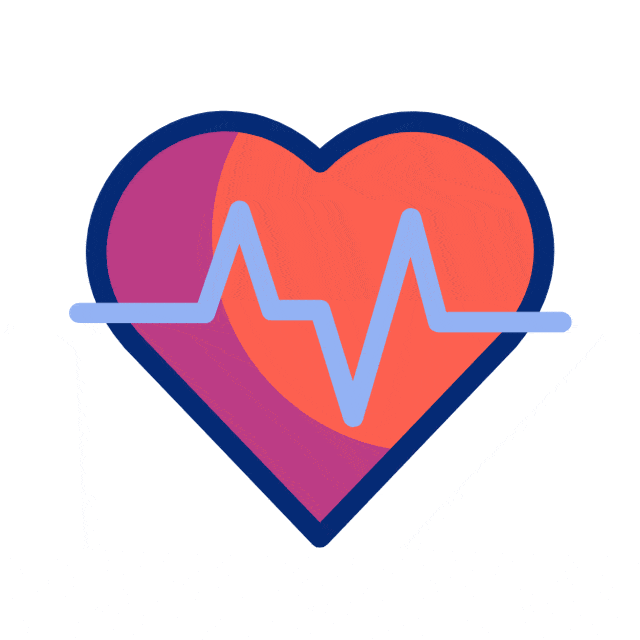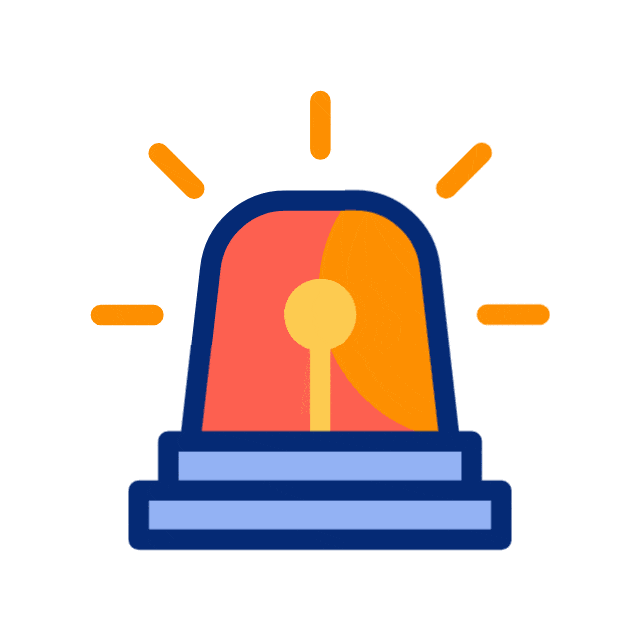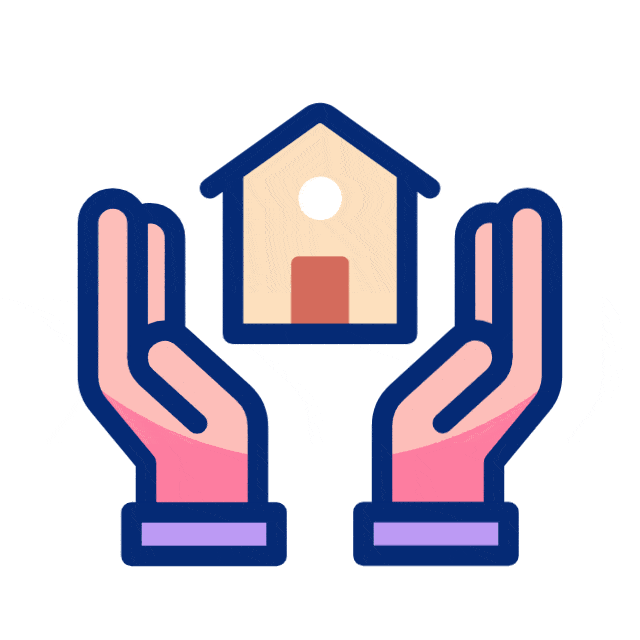Category : Diabetes
Diabetes is a common health problem in India. In diabetes, the body does not use carbohydrates and fats. Diabetes is identified by high blood sugar (“glucose”). Blood sugar is kept under control by insulin. Insulin is a hormone that is produced by the pancreas.
Diabetes depends on
- The amount of insulin that is produced in the body
- Utilization of Insulin by the cells
There are different types of diabetes:
- Type 1: It is less common. Here the pancreas does not produce insulin. It usually starts in childhood or teen
- Type 2: Starts around the age of 40. Here pancreas produces insulin. The body cannot use insulin properly. More commonly seen among obese individuals. These changes cause the body’s cells to use insulin less effectively, a condition called insulin resistance. Initially, the body produces more insulin to maintain normal blood glucose. Later, when the body can no longer maintain the blood glucose, diabetes comes on. This type of diabetes often runs in families.
- Gestational Diabetes Mellitus: Gestational diabetes is a type of diabetes that can develop during pregnancy in women who already do not have diabetes. During pregnancy, the body makes more hormones and goes through other changes, such as weight gain. These changes cause insulin resistance. All pregnant women have some insulin resistance during late pregnancy. However, some women have insulin resistance even before they get pregnant. They start pregnancy with an increased need for insulin and are more likely to have gestational diabetes. Managing gestational diabetes will help make sure you have a healthy pregnancy and a healthy baby.
Symptoms of Diabetes
- Frequent urination
- Extreme thirst and hunger
- Weight loss
- Skin and vaginal infections
- Infections or cuts that heal very slowly
- Uncontrolled Diabetes can lead to coma
- Type 2 Diabetes patients may not have symptoms at all and are sometimes diagnosed during a routine check-up
In children, symptoms may start suddenly. There may be fever, confusion, extreme fatigue, and thirst. The blood sugar may be high. If not treated, it can lead to a serious problem called ketoacidosis. This could often be the first sign of type 1 diabetes. This can result in coma and death.
Diagnosis
The diagnosis of diabetes is made if any one of the findings are present
Fasting blood sugar ≥126 mg/dl
Post prandial (After meal) ≥ 200 mg/dl
HbA1C ≥ 6.5%
If the blood sugars are not under control, it will lead to long term complications like
- Retinopathy- Damage to the eyes. This can cause blindness
- Neuropathy- Damage to the nerves. This can cause numbness, tingling and pain in the feet, legs, and arms
- Nephropathy- Damage to the kidneys. This can lead to kidney failure
- Coronary heart disease (heart) – It can cause heart attack, heart failure
- Cerebrovascular disease (brain) – It can cause stroke
- Peripheral artery disease (legs) – It can cause pain in the legs on walking and gets relieved on rest. This can lead to ulcers in the feet, which get infected and lead to gangrene. Ultimately this can end up in amputation
Treatment
In patients with type 2 diabetes, treatment starts with weight reduction by diet and exercise. Most people who have type 2 diabetes can control their blood sugar with pills at first and continue to be controlled by pills for many years. But, over time, one may need insulin. Rarely some patients may need insulin from the beginning. Whereas patients with type 1 diabetes have to take Insulin from the beginning. For good blood sugar control, one should watch for diet, fitness, and regular medication. The patient needs to stick to a meal plan and eat meals at regular times. This will lessen the chances of having low blood sugar.
Some patients may have high bad cholesterol (LDL). This has to be treated.
It is better the patient checks the blood sugar regularly at home. This will help in the better management of blood glucose. The target blood sugar should be
- 90 – 120 mg/dl before having any food
- 120 – 180 mg/dl after meals
Prevention
Type 2 diabetes can be prevented, whereas at present type 1 diabetes cannot be prevented. One should keep the bodyweight within the normal range for the height. This is key if diabetes runs in the family. If the patient has already diabetes, one can delay or stop later problems (retinopathy, neuropathy, nephropathy). Blood sugar should be under tight control. A heart problem can be reduced by controlling the risk factors.
- Stop Smoking
- Control blood pressure
- Avoid Fatty foods(cholesterol and triglycerides)
- Lose excess weight
For More Information, Please Contact
Comprehensive Diabetic Care Centre,
JSS Hospital, Mysuru,





